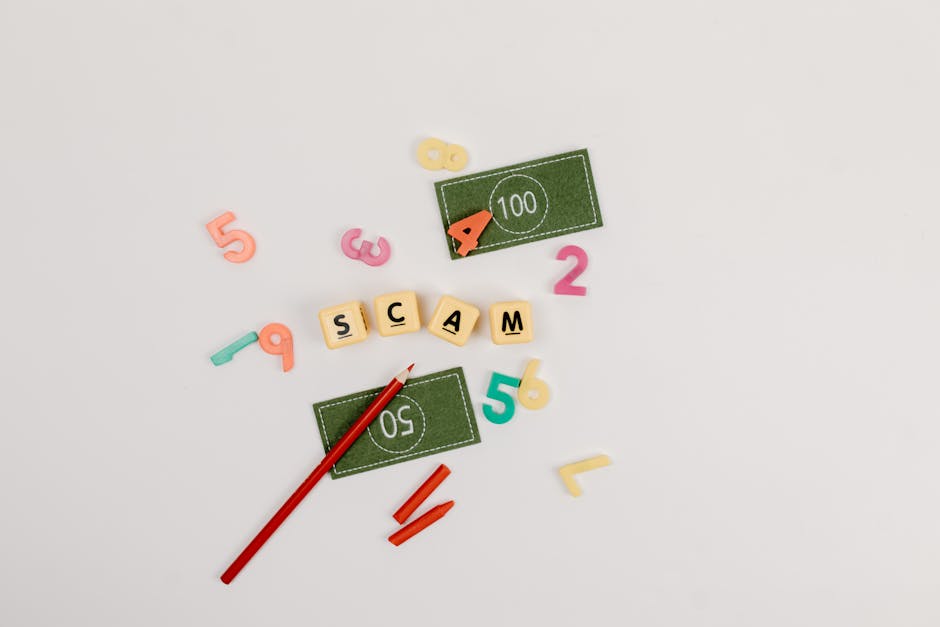The crypto market has exploded over the past few years—new tokens, platforms, and ways to invest seem to pop up every week. But this rapid expansion hasn’t just attracted tech optimists and retail investors. It’s also drawn in scammers looking to take advantage of the buzz.
Much of the risk comes down to structure. Crypto is still largely decentralized and loosely regulated. This makes it ideal for those who prefer to operate in the shadows. Anonymous wallet addresses, unverified projects, and hard-to-trace transactions create the perfect cover for fraud.
Even for seasoned traders, the minefield is real. One wrong click on a fake airdrop or a poorly researched coin can wipe out thousands. Beginners, drawn in by hype and FOMO, are often the easiest targets.
In this landscape, due diligence isn’t optional—it’s survival. If you’re not researching before you invest, you’re not investing. You’re gambling.
Rug Pulls
Rug pulls are the digital equivalent of someone hyping up a product, grabbing your money, and disappearing into the night. They usually show up as new tokens or projects that promise to be the ‘next big thing’—only to vanish as soon as enough people invest. The red flags? Anonymous developer teams, vague roadmaps, and huge promises backed by nothing but aggressive marketing.
These scams are often disguised as “decentralized” or community-driven projects, but behind the curtain, they’re tightly controlled by a few wallets. Once liquidity is high, the devs pull their funds and leave holders with worthless tokens.
How to avoid it: Do your homework. Dig into the project’s tokenomics—how the tokens are distributed, who controls what, and how value is supposed to grow. Look for transparent team members, preferably with a public track record. And check if there’s actual user interaction beyond bots and hype. If it’s all sizzle and no stake, walk away.
If you’re holding any serious amount of crypto, security isn’t optional—it’s foundational. First rule: use a hardware wallet for large holdings. It keeps your private keys offline and untouched by malware, phishing attempts, or other digital traps that can take your coins in a blink.
Second: turn on two-factor authentication. Always. Not just for your exchange accounts, but for anything tied to your crypto identity. SMS is the bare minimum (and not great). Authenticator apps are better.
Third, don’t let new threats catch you sleeping. Crypto breaches evolve fast. Make use of cybersecurity dashboards and alert systems that are built for the blockchain space. These tools flag suspicious behaviors, compromised APIs, or even strange wallet movements before they become problems.
(Pro tip: Check out this guide for top cybersecurity tools for crypto investors.)
Micro-Niching for Loyal, High-Intent Audiences
The shotgun approach doesn’t cut it in 2024. Vloggers are pivoting to micro-niches—super-specific content lanes where passion meets precision. We’re seeing channels built entirely around topics like “vanlife for single dads,” “quiet luxury thrift flips,” or “prepping in tiny city apartments.” It’s not just about standing out. It’s about knowing exactly who you’re talking to.
These focused creators thrive not because of massive subscriber counts, but because they cultivate trust and loyalty in tight communities. The audience isn’t passive—they comment, they share, they buy. Brands are taking notice. Sponsorships are smaller in scope but higher in conversion. Niche fans don’t just watch—they commit.
If your content tries to please everyone, you’re likely ending up with no one. Find your pocket, and own it. That’s where growth lives now.
Trust is currency in crypto—and it’s in short supply. Flashy projects, hyped coins, and too-good-to-be-true promises flood the space daily. As a creator, viewer, or investor, your guard has to stay up. Don’t confuse popularity or slick branding with legitimacy. Someone else’s conviction doesn’t mean you should follow blindly.
Do your own research. Then do it again. Look past headlines, question influencers, dig into whitepapers, and verify team credentials. If something feels rushed or glossed over, it’s usually not worth the risk.
The rule’s simple: if you’re not sure, walk away. One missed opportunity stings a lot less than losing your entire stack. In a world moving fast, patience is your safety net.
